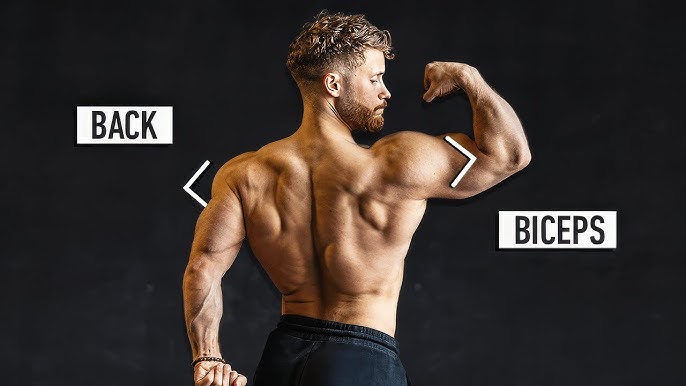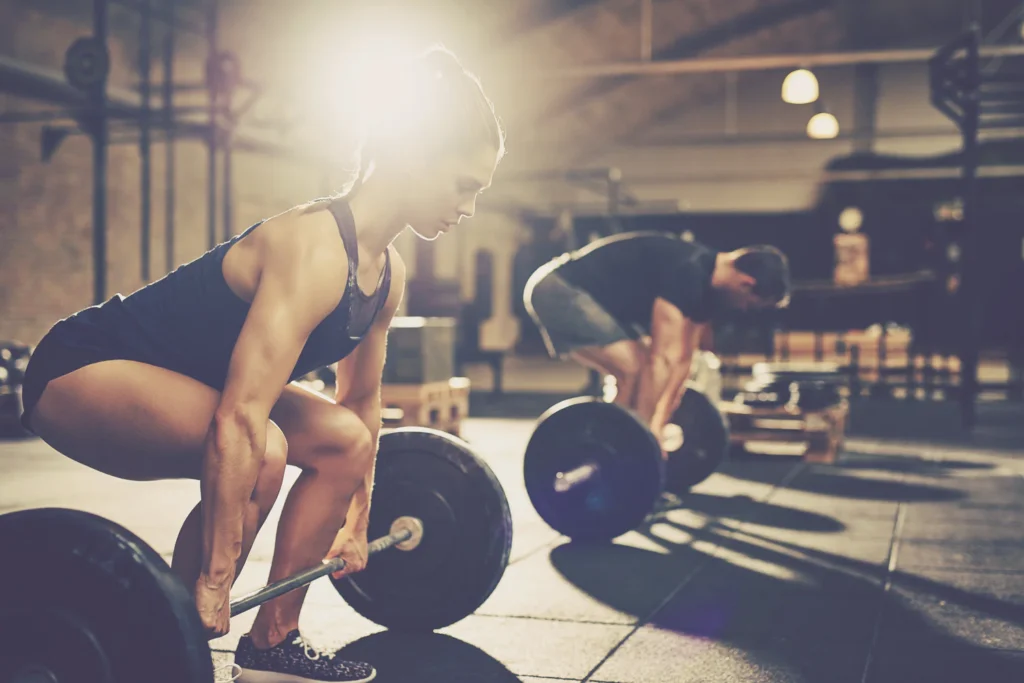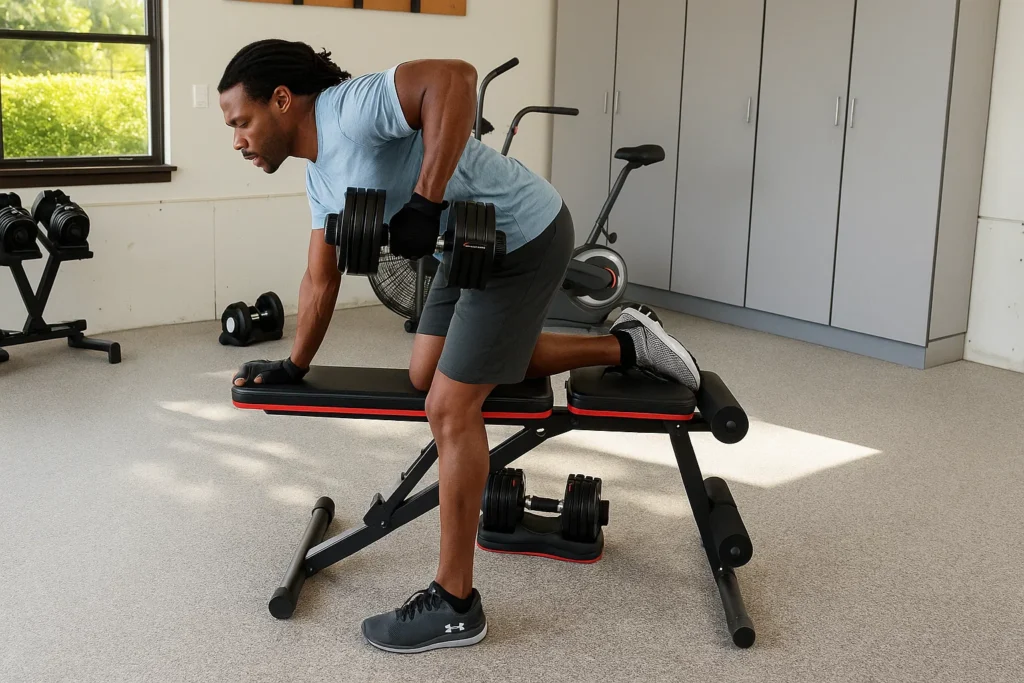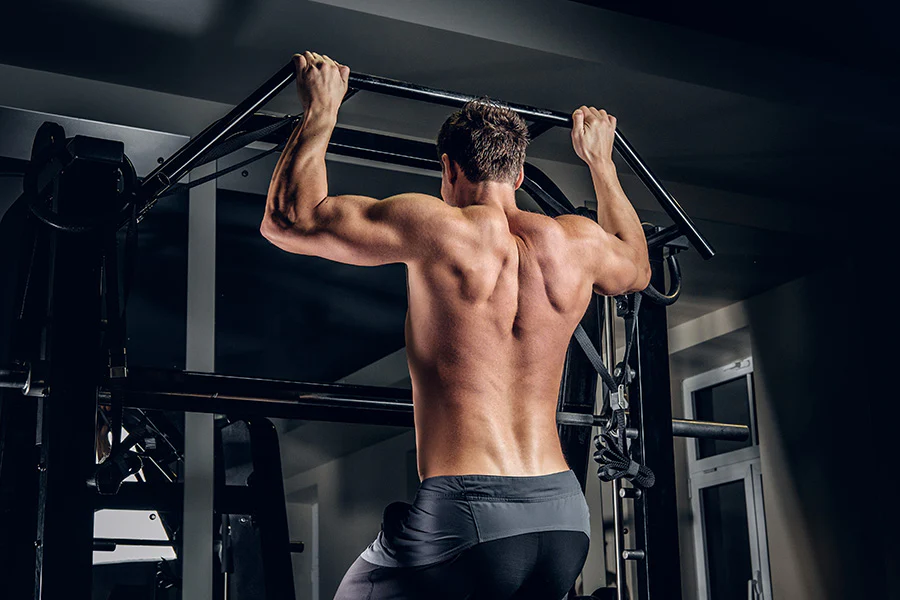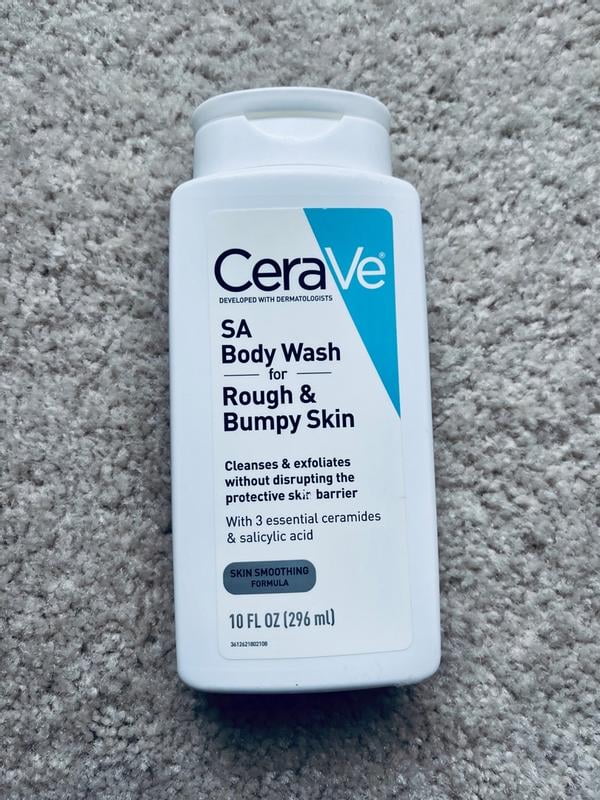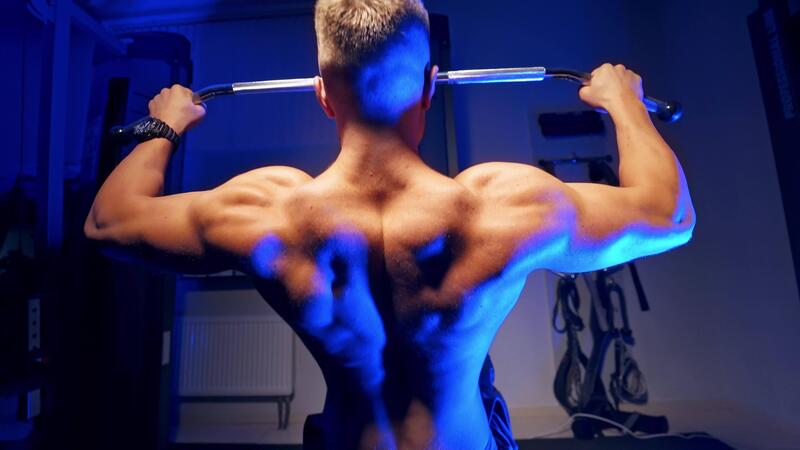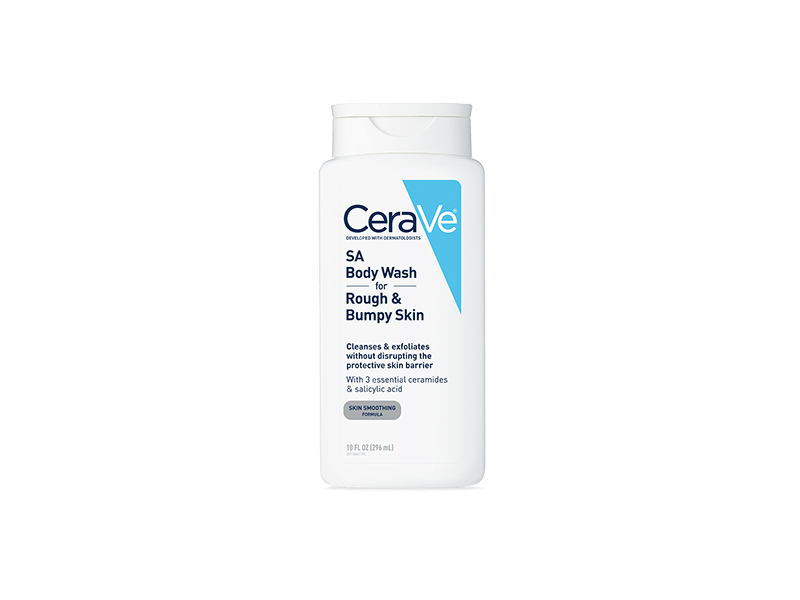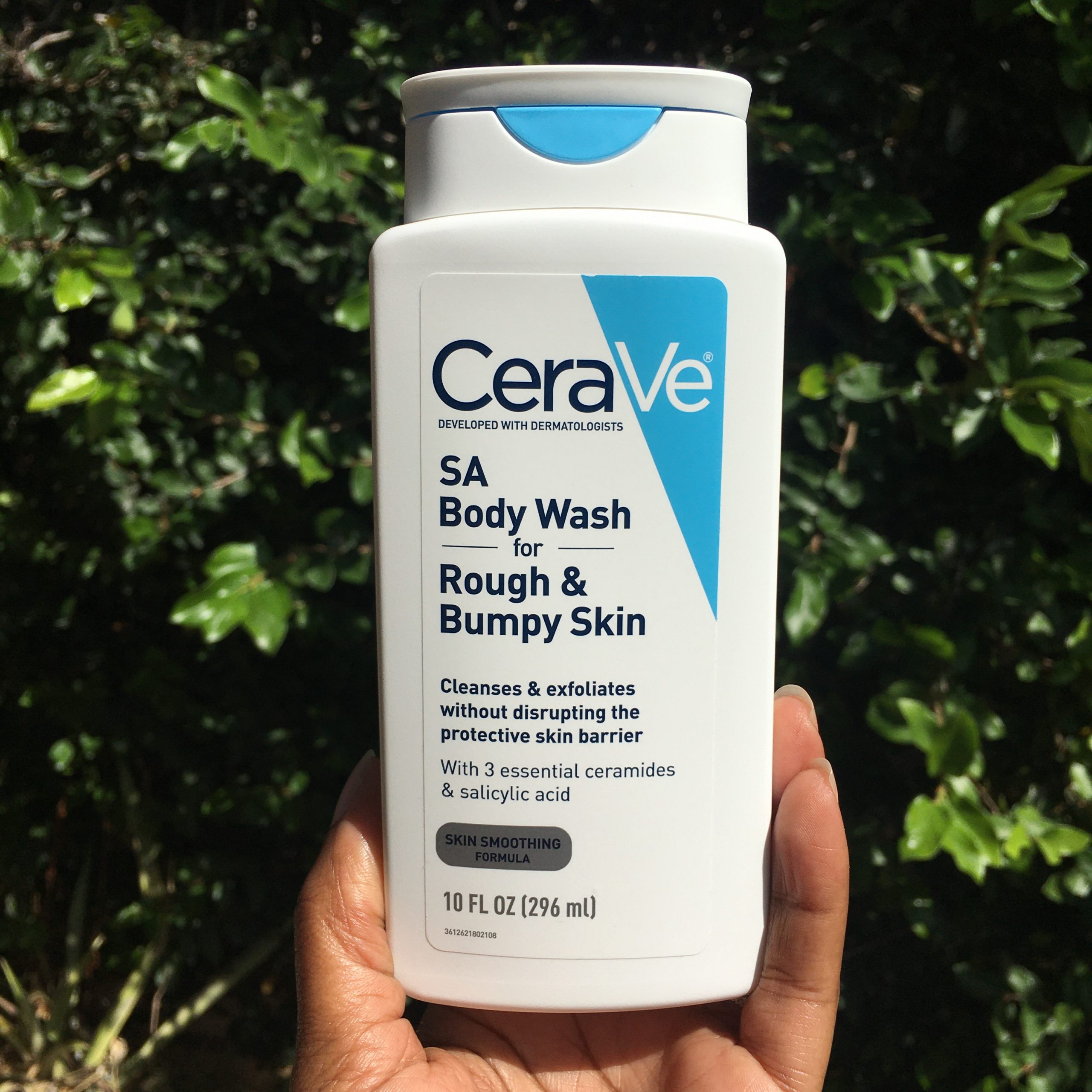Pull Workout – Whether you’re new to weight training or deep into your fitness journey, understanding the pull workout is essential for a well-balanced routine.
A pull workout focuses on all the exercises that involve pulling a weight toward your body, targeting key muscle groups like the back, biceps, and rear shoulders.
In this article, we’ll explore what a pull workout is, why it’s important, how it fits into a push-pull-legs (PPL) split, and provide a structured pull workout plan you can follow today.
What Is a Pull Workout?
A pull workout consists of exercises that use pulling motions to contract the muscles, typically involving:
- Latissimus dorsi (lats)
- Trapezius (traps)
- Rhomboids
- Rear deltoids
- Biceps
- Forearms
Movements like pull-ups, rows, and bicep curls are classic examples of pull exercises.
How Does It Fit Into a Push-Pull-Legs Split?
The PPL routine divides workouts by movement patterns:
- Workout Type Focus Areas
- Push Chest, shoulders, triceps
- Pull Back, biceps, rear delts
- Legs, Quads, hamstrings, glutes, calves
The benefit? Muscle recovery and efficient training volume. Pull workouts are usually scheduled every 3–4 days to allow proper rest.
Benefits of Pull Workouts
- Improves Posture and Spinal Health
Strong back muscles help balance your physique and prevent the rounded posture common from too much sitting or chest training.
- Boosts Pulling Strength
Need to do a pull-up, climb a rope, or lift something heavy off the ground? Pull workouts train those real-world functional movements.
- Enhances Arm Size
Biceps curls are just the beginning—rows and pull-ups also indirectly build massive arms by recruiting the biceps heavily.
- Reduces Risk of Imbalance
Many people overtrain their pushing muscles (like the chest) and neglect pulling movements. This leads to shoulder instability and injury risk.
Muscles Targeted in Pull Workouts
- Muscle Group Primary Exercises
- Lats Pull-ups, Lat Pulldowns
- Traps Barbell Shrugs, Face Pulls
- Rhomboids Seated Rows, Dumbbell Rows
- Rear Delts Reverse Flyes, Face Pulls
- Biceps Dumbbell Curls, Barbell Curls
- Forearms Hammer Curls, Wrist Curls
Top Pull Day Exercises (Beginner to Advanced)
Compound Movements
These hit multiple muscles and should come early in your workout.
Deadlifts
Primary: Entire posterior chain
Sets/Reps: 4 x 6–8
Tip: Keep your back flat and drive through your heels.
Pull-Ups or Assisted Pull-Ups
Primary: Lats, biceps
Sets/Reps: 3 x max reps
Tip: Use resistance bands if you can’t do bodyweight pull-ups yet.
Bent-Over Barbell Rows
Primary: Mid-back, lats
Sets/Reps: 3 x 8–10
Tip: Keep your core tight and pull the bar toward your belly button.
Seated Cable Rows
Primary: Lats, traps
Sets/Reps: 3 x 10–12
Tip: Focus on squeezing your shoulder blades together.
Isolation Movements
Add these after your main lifts to focus on smaller muscles.
Barbell or Dumbbell Curls
Primary: Biceps
Sets/Reps: 3 x 10–12
Hammer Curls
Primary: Biceps and forearms
Sets/Reps: 3 x 12
Face Pulls
Primary: Rear delts, traps
Sets/Reps: 3 x 15
Tip: Use lightweight and prioritize form.
Sample Pull Day Routine
Here’s a balanced workout that hits all major pull muscles:
Exercise Sets Reps
Deadlifts 4 6–8
Pull-Ups (or Lat Pulldown) 3 Max or 10–12
Seated Cable Rows 3 10
Dumbbell Rows 3 10 each side
Barbell Curls 3 12
Face Pulls 3 15
Pull Workout Tips for Best Results
Focus on the Squeeze
Mind-muscle connection matters—especially with back exercises. Pull through your elbows, not your hands.
Progressive Overload
Gradually increase weight, reps, or sets over time to keep seeing strength and size gains.
Mix Your Grips
Use overhand, underhand, or neutral grips to hit your back and arms from different angles.
Recovery Is Key
Allow 48–72 hours before your next pull workout. Support recovery with proper sleep, nutrition, and hydration
Nutrition Tips for Pull Days
Before workout: A light meal with protein and complex carbs (e.g., Greek yogurt + oats) 60–90 minutes before training.
After workout: Replenish with a protein shake and carbohydrates to fuel recovery and muscle repair.
Hydration: Drink water throughout your session—dehydrated muscles are weaker and more prone to injury
Final Thoughts
A well-structured pull workout is essential for a balanced physique and functional strength. Whether you’re looking to improve posture, grow your biceps, or enhance your deadlift, pull training lays the foundation.
Include a pull day in your weekly split, focus on proper form, and pair it with smart recovery, and you’ll see results in strength, muscle definition, and overall performance.

